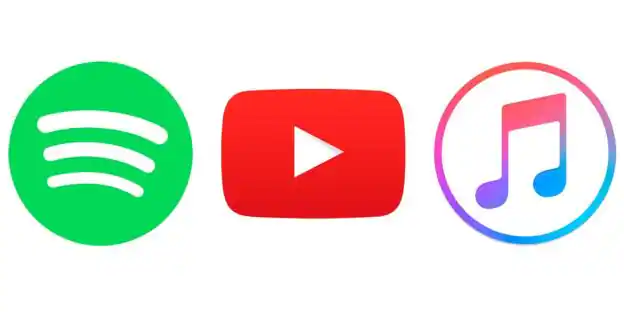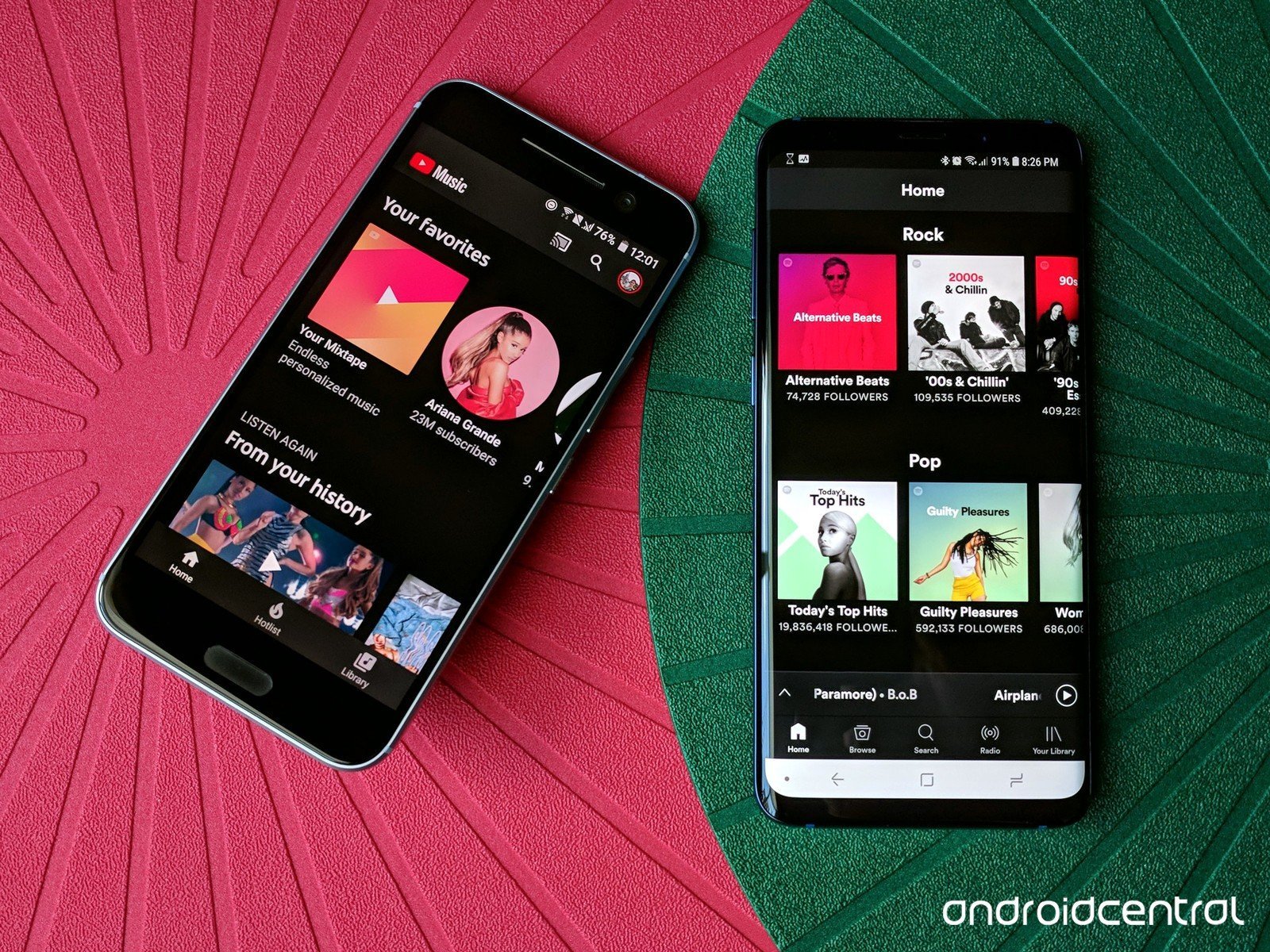

This list of Liked Songs should be every new YouTube Music user’s first stop, to ensure they have a good baseline. My results were… less than stellar.Įvery video I had ever Liked that could be considered to contain “music” was affecting YouTube’s understanding of my taste. Faced with this, I naively picked through my favorite artists and albums and used “Add to Library,” assuming that would get the job done quickly.Īrmed with my assorted ‘Library’ I then began playing the Mixtape, YouTube Music’s “endless personalized music” feature. No information is carried forward from Google Play Music, which is a major disappointment in some ways, but perhaps a blessing in disguise to those with eclectic libraries (more on that in a minute). Unfortunately this isn’t as smart of a process as you would hope. Like any other new music platform, before you start listening to music you really should teach it about your musical tastes. For this review, I stopped using my other services and used YouTube Music exclusively for a month. Particularly of note, though, is that I have never been a fan of using YouTube for music, as until recently I’ve considered YouTube to be just a video platform. Lately though, the conveniences of services like Spotify and Pandora (I subscribe to both) have pulled me in to the idea of more casual listening and easy music discovery. My love of listening to music led me on a journey of discovery in the field of headphones and audio quality. (Nostalgia trip, anyone?) I’ve also kept that library backed up to Google Play Music since it was in beta (so Google should be well aware of my tastes by now). I’ve long had a personal music library that I keep on my computer, collected over a few years of being a DJ for an online Shoutcast radio station. Relaunched this May, YouTube Music began widely rolling out in June. While this was certainly better for music listeners, it was likely realized that (among other problems) the standard YouTube app is not efficient for finding and queuing up music.Īll of this built up to YouTube officially becoming the music streaming service users have always tried to use it as. YouTube Red was a relaunch of Music Key that made YouTube entirely ad-free, not just the music. The YouTube status quo changed once again in 2015 with the launch of YouTube Red (now rebranded as YouTube Premium). However, this initiative was considered a failure, as not all videos that contained music were ad-free like they should have been.

Music Key allowed the YouTube app to play videos in the background, and was supposed to remove ads from videos with music. Toward the end of 2014, Google tried to combine Play Music All Access with YouTube through a program called YouTube Music Key. With this change of heart also came official uploads of music videos. Instead of fighting the change, they decided to earn revenue through ads.

It’s practically common knowledge that if you wanted to listen to a song on YouTube, you search for the artist and song followed by “lyrics.” This, of course, came with its own set of copyright issues until record companies got with the program.

Almost since its inception in 2005, people have used YouTube to listen to music for free. However, this wasn’t Google’s only method for listening to music. Slowly, the service gained the ability to buy songs from the catalogs of major record labels, followed by a full-fledged premium streaming service with All Access in 2013. Google had its first foray into the music streaming industry in 2011 with Google Play Music (then known as Google Music), which started exclusively as a way to upload your personal music library to Google’s cloud, then stream songs back to your phone. Since launch, we’ve been using YouTube Music extensively to see how it truly fares against some of these rivals. YouTube Music, the latest in Google’s long history of attempts at breaking into the music streaming market, launched last month in 17 countries. However, it may be too late for Google’s latest attempt at music streaming, as the competition is fierce between veteran services like Spotify and Pandora, newcomers like Deezer and Tidal, and of course Apple Music from Google’s biggest competitor.


 0 kommentar(er)
0 kommentar(er)
